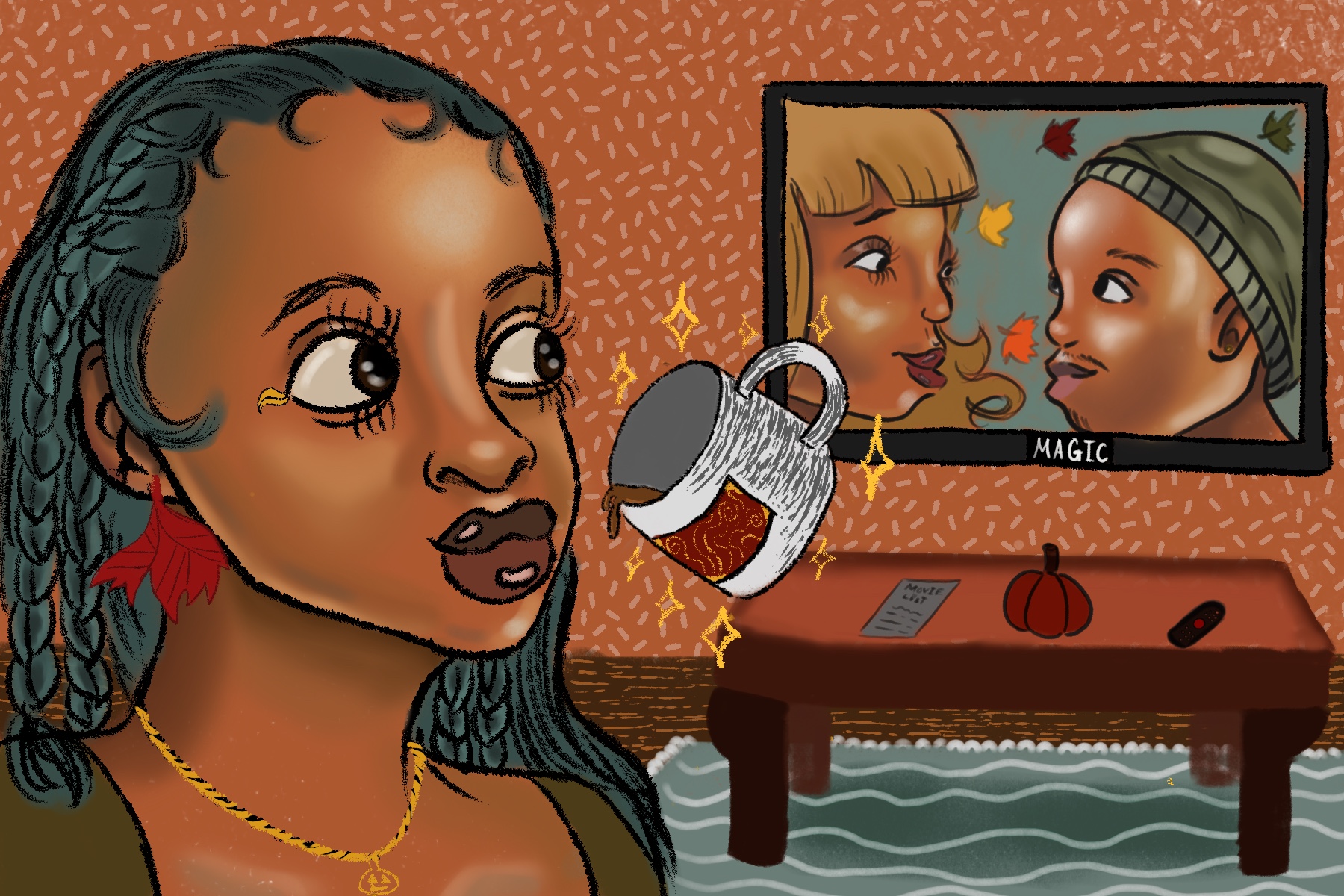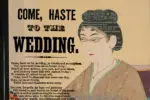Autumn has easily become one of my favorite times of the year, with the warm breeze and the cinnamon that lingers in the air. The fall winds transform our world. As the leaves change and the nights get longer. There’s a certain longing for a night of cozying up with a captivating fall film.
In “Practical Magic” “Practical Magic,” directed by Griffin Dunne, the audience is immediately transported to a world of sisterhood and magic. The movie centers around the Owen sisters, Gillian and Sally, portrayed by Sandra Bullock and Nicole Kidman, who belong to a long line of witches cursed in the form of love.
It is often spoken in the same breath as other witchy cult classics from that specific 90s era, like “The Craft” directed by Andrew Flemming. In other cult classic spooky movies, the witchcraft is a campy kind of horror, with a side of devil worshiping. “The Craft” depicts the average high school outcasts as witches. These high school witches hasten up their spells by welding their relationship with one another, focusing on female friendships and sisterhood.
These beloved 90’s classics embrace the feeling of sisterhood and witchcraft. In both films, the female leads find these relationships turning sour, and with that comes vulnerability, which is never good for a witch. Weaving the stories through self-discovery and spells both films take on darker themes after the female relationships start to fall apart.
“Practical Magic”
The first crack in the glass in “Practical Magic” is the curse that dates back to colonial New England, Maria Owens, the ancestral matriarch of the Owens family was accused of being a witch and was sentenced to hang for it. Mirroring the real Salem witch trials, we’re told that “most of her lovers had wives on the hanging committee.” Upon Maria being with child, she is coming to the realization of the abandonment she feels not just from her lover, but the society around her. With her witchcraft, she slips the noose safely and flees. Casting a spell to avoid the “agony of love,” in doing so she places a curse amongst herself and the female descendants of her name so that “every man who dared to love an Owens woman is doomed to die.”
Sally and Gillian Owens, who are from a long lineage of widowed witches, were raised by their spinster aunts who, just like them, hold the powerful powers of Owens magic. After their father dies from the curse, their mother dies of a broken heart. Raised and trained to inherit their aunt’s kooky ways and spells, they find themselves turning into the outcasts of the town.
Left to their own devices, the family of four witches find themselves watching the years go by in the comfort of their beautiful Victorian home, which I could picture perfectly in a Nancy Meyers film. Both sisters find their relationship developing as their dreams distance them.
As soon as eldest daughter Sally (played marvelously by Nicole Kidman) is of age, she leaves the tiny prejudiced subjective town and trades that for running off with the first man who bothers to ask. Desperate for a chance at a “normal life” Sally leaves Gillian behind, but not without first slashing their bleeding palms together to prove their loyalty to one another. In the eyes of the viewer
“Practical Magic” may look like the classic cliche in the coming-of-age genre, but this moment of “My blood. Your blood. Our blood” will eventually cast a spell with lasting repercussions in the film.
“The Craft”
The 1996 supernatural horror film “The Craft,” revolves around four girls who find themselves creating their own coven to explore the world of witchcraft. This film emphasizes the concept of sisterhood along with the importance of female relationships, especially in one’s teenage adolescence.
This coven of young witches is made up of Nancy, Bonnie, Rochelle, and their new fourth member Sarah. While this film does not necessarily promote witchcraft, it does dive into the importance of sisterhood. The sisterhood in the film becomes a source of strength that embodies their powers and minds while providing the young witches with a sense of belonging and acceptance.
In both films, the younger witches find themselves having to carve themselves into their own space, one that makes them comfortable and pushes them to try their hardest.
Once the character Bonnie, played by Neve Campbell, realizes that their fourth and final member completes all their needs, they are able to successfully use their powers. Using their newfound abilities, the coven of four seeks revenge on those who have wronged them, which at first provides them with a sense of empowerment and control.
As all power-hungry characters are, they soon dive deeper into the practice of witchcraft and worshiping and soon have to face the consequences of their own powerful actions.
Both films use the craft of female seduction when trying to fulfill their needs or spells. They include the compelling aspect of women using their beauty as a powerful tool, rather than it being abused. Portraying seduction as an intimate understanding of one’s desires rather than a way to weaponize them, helps that reflection turn into self-assurance, rather than doubt.
Female characters embracing one another through the celebration of individuality is a large thematic lens that intertwines both films. In a world that often seeks to confine them, these female witches must assert their identity in the best way they know how through spells and composure. In the embrace of these fall witchy films, the portrayal of women transcends the screen, leaving a lasting impression on our understanding of feminism, relationships, and the power of female solidarity.
So, as you cozy up with a warm blanket and a cup of chai, let these films enchant you with their feminist narratives and spells, reminding us all of the importance of female relationships.

















